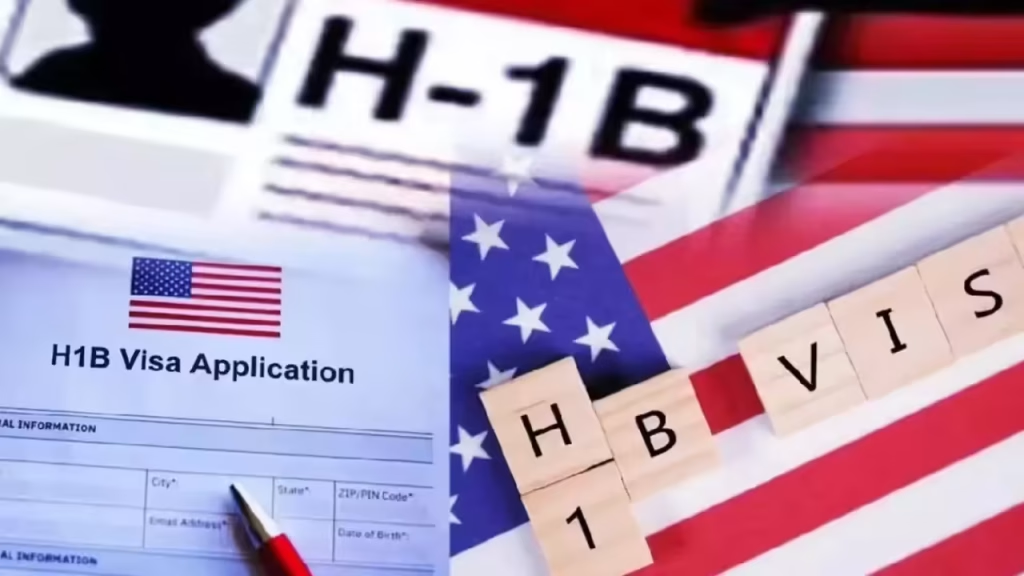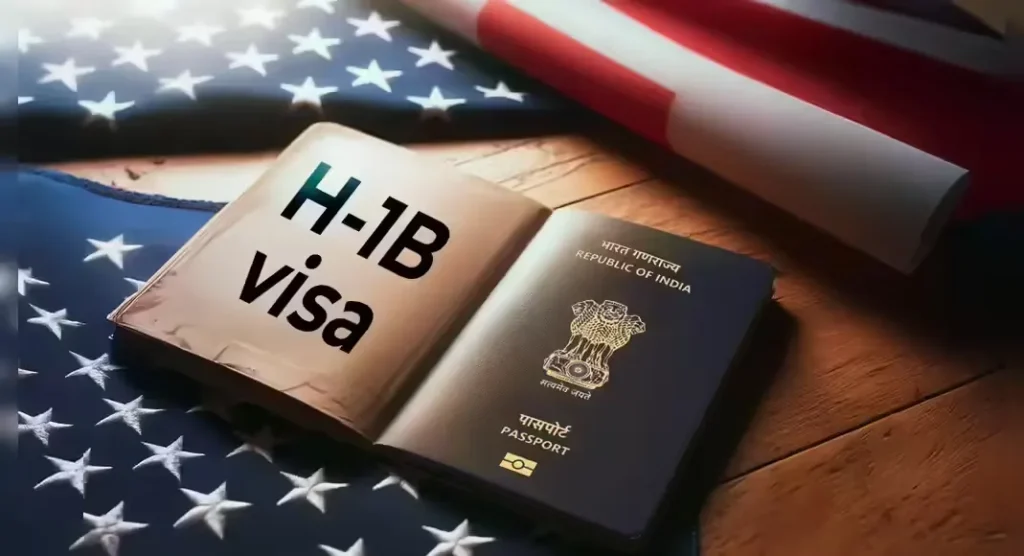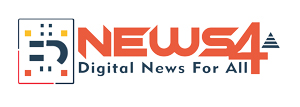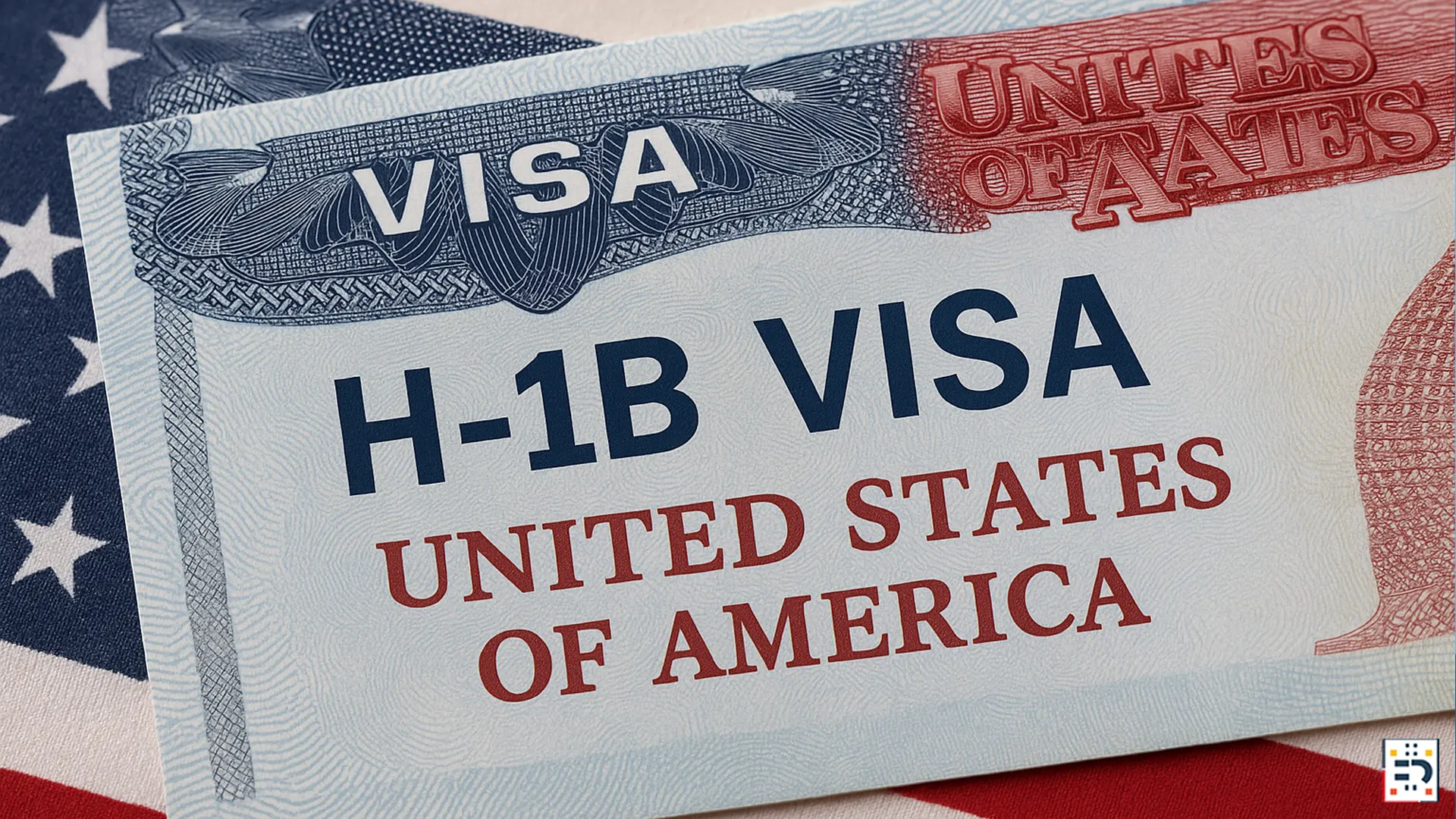Introduction
The H-1B visa program remains one of the most closely watched and debated immigration pathways in the United States. Designed for specialty occupations requiring theoretical or technical expertise, the H-1B work visa has become a critical pipeline for skilled foreign workers, particularly in the technology sector, software engineering, and IT professionals. With recent Trump administration policy changes and ongoing political discourse, 2025 has proven to be a pivotal year for US immigration and the H-1B lottery system.
Understanding the H-1B Visa Program
What is the H-1B Work Visa?
The H-1B temporary work visa is a non-immigrant visa that allows US employers to temporarily employ foreign workers in specialty occupations. These positions typically require a bachelor’s degree or higher in a specific field, making it popular among tech professionals, software developers, engineers, healthcare workers, and finance professionals.
For comprehensive information about H-1B requirements, visit the official USCIS H-1B page.
Key Features of the H-1B Program
- Annual Cap: Congress has set the current annual H-1B cap at 65,000 visas, with an additional 20,000 reserved for individuals with US master’s degrees or higher
- Duration: Initial validity of up to 3 years, extendable to a maximum of 6 years
- Dual Intent: Unlike many non-immigrant visas, H-1B holders can pursue permanent residency (green card) while maintaining their status
- Employer Sponsorship: Requires a US employer to petition on behalf of the foreign worker through the H-1B petition process
Learn more about visa categories at the US Department of State.
Breaking News: Trump Administration H-1B Policy Changes September 2025
New $100,000 H-1B Application Fee
In a surprise move that has sent shockwaves through the tech industry and Silicon Valley, President Trump signed a proclamation on September 19, 2025, introducing a substantial new H-1B fee structure. The proclamation, titled “Restriction on Entry of Certain Nonimmigrant Workers,” implements several significant changes affecting H-1B applications, tech companies, and foreign workers.

The New H-1B Fee Structure:
- Employers must now pay a one-time fee of $100,000 for each H-1B petition
- The fee applies to new H-1B applications from abroad, effective September 21, 2025
- Current H-1B holders within the US are not immediately affected by this fee
- The rule is set to remain in effect for 12 months through September 20, 2026
Tech Industry Impact: The announcement has caused immediate panic and confusion across multiple sectors. Tech giants including Microsoft, Meta, Apple, and Google, which collectively sponsored over 4,000 H-1B visas each in fiscal year 2025, are now facing significantly increased costs for international talent acquisition.
For the latest immigration updates, visit Immigration Impact and American Immigration Council.
Current H-1B Statistics and Lottery Trends for 2025
FY 2026 H-1B Registration Data
Recent data from USCIS reveals important trends in H-1B lottery applications and H-1B registration:
- Reduced Duplicate Registrations: The average dropped to 1.01 registrations per beneficiary for FY 2026, compared to 1.06 for FY 2025
- Beneficiary-Centric Model: The H-1B lottery system now ensures each individual can only be entered once in the lottery, regardless of how many employers sponsor them
- Electronic Registration: The streamlined electronic H-1B registration system continues to be the primary method for cap-subject petitions
H-1B Legislative Proposals and Immigration Reform
Several significant Congressional proposals are currently under consideration that could reshape the H-1B landscape:
The High-Skilled American Workers First Act:
- Proposes raising the minimum H-1B salary requirement from $60,000 to $150,000
- Would eliminate the Optional Practical Training (OPT) program
- Suggests replacing the current H-1B lottery system with a highest-bidder mechanism
H-1B Lottery System Modifications: New proposals suggest implementing a wage-based lottery system where higher-paid H-1B positions receive more lottery entries:
- Level 4 wage earners: 4 lottery entries
- Level 3 wage earners: 3 lottery entries
- Level 2 wage earners: 2 lottery entries
- Level 1 wage earners: 1 lottery entry
Stay updated with immigration news at National Immigration Forum and track H-1B statistics on MyVisaJobs.

H-1B Impact on Different Industries and Sectors
Technology Sector and Silicon Valley
The technology sector, which has historically been the largest beneficiary of H-1B work visas, faces the most significant challenges under the new immigration policies:
- Major Tech Companies: Companies like Microsoft, which laid off 15,000 US employees in 2025 while continuing to sponsor H-1B visas, face increased scrutiny and skilled worker visa costs
- Cost Implications: The new $100,000 H-1B fee represents a substantial increase in hiring international talent costs
- Strategic Shifts: Tech companies may need to reconsider their global talent acquisition strategies and H-1B sponsorship programs
Healthcare and Academic Institutions
While technology dominates H-1B usage, other sectors also rely heavily on the specialty occupation visa program:
- Medical professionals, doctors, and healthcare researchers
- University faculty, post-doctoral researchers, and academic professionals
- Financial analysts, consultants, and business professionals
Find industry-specific immigration resources at Compete America and Information Technology Industry Council.
Recent H-1B Policy Developments and Immigration Updates
H-1B Self-Sponsorship for Business Owners
A major H-1B policy shift in January 2025 now allows H-1B beneficiaries who own a business, even with controlling interest, to self-sponsor their H-1B visa. This change provides new flexibility for entrepreneurs, startup founders, and business owners in the US immigration system.
Streamlined H-1B Renewal Process
Recent USCIS improvements to the H-1B extension process include:
- Deference to previous approvals for unchanged employment situations
- Reduced paperwork burden and faster H-1B processing times
- Increased flexibility in H-1B employment definitions and job descriptions
For detailed H-1B processing information, visit the USCIS Case Status page and Immigration Law Today.
Global Reactions and Economic Implications
International Response
The new fee structure has prompted reactions from foreign governments and international business communities:
- Diplomatic Concerns: Several countries have expressed concerns about the impact on bilateral economic relationships
- Alternative Destinations: Other countries may benefit as the U.S. becomes more expensive for skilled workers
- Brain Drain Concerns: Potential reduction in global talent flowing to the United States
Economic Analysis
Economists and policy experts are divided on the long-term implications:
- Supporters argue the changes will prioritize American workers and increase wages
- Critics warn of reduced innovation and competitive disadvantage in the global talent market
What These H-1B Changes Mean for Stakeholders
Current H-1B Visa Holders
- Travel Advisory: Immigration attorneys strongly recommend postponing international travel until there is more clarity on H-1B policy implementation details
- H-1B Extension Planning: Current holders should carefully plan renewal applications and status maintenance
- Green Card Process: May want to accelerate permanent residency applications and EB-1, EB-2, or EB-3 petitions
US Employers and H-1B Sponsors
- Budget Planning: Companies must factor in the new $100,000 H-1B fee when planning international hiring and talent acquisition
- Alternative Immigration Strategies: May need to explore other work visas like O-1 extraordinary ability visa, L-1 intracompany transfer, or TN visa
- Compliance Concerns: Must stay updated on rapidly changing immigration regulations and H-1B requirements
Prospective H-1B Applicants
- Timeline Considerations: Those planning to apply should consider the fee implications and application timing
- Alternative Visa Pathways: May need to explore other US work visas including O-1, L-1, or EB-5 investor visa
- Skill Development: Focus on meeting higher salary thresholds if proposed wage increases are implemented
For personalized immigration advice, consult with qualified attorneys through American Immigration Lawyers Association (AILA).

Future of H-1B Program: Immigration Reform and Predictions
Potential H-1B Program Outcomes
Several scenarios could unfold in the US immigration landscape:
- Legal Challenges: The new H-1B fee structure may face court challenges from affected tech industry groups and immigration advocacy organizations
- Congressional Action: Congress might intervene to modify or reverse the changes through immigration reform legislation
- Market Adaptation: Companies and foreign workers may develop new strategies to navigate the changed H-1B landscape
Long-term H-1B Immigration Implications
The H-1B program’s future will likely depend on:
- Economic performance and US labor market conditions
- Political developments and 2026 election outcomes
- International competitive pressures for skilled workers
- Technology industry lobbying efforts and business immigration advocacy
Follow immigration policy developments at Migration Policy Institute and Congressional Research Service.
H-1B Expert Analysis and Immigration Attorney Insights
Immigration law experts and policy analysts suggest that the current changes represent the most significant shift in H-1B immigration policy in recent years. The combination of increased application fees, proposed salary thresholds, and potential lottery modifications could fundamentally alter how the specialty occupation program operates.
Key expert recommendations include:
- Consulting with qualified immigration lawyers before making major decisions
- Staying informed about USCIS policy updates and regulatory changes
- Considering multiple visa strategies and immigration pathways
SEO-Optimized H-1B Recommendations for Stakeholders
US Employers and H-1B Sponsors:
- Immediate Action: Review current H-1B workforce and assess budget impact of new fees
- Strategic Planning: Develop alternative talent acquisition strategies and recruitment methods
- Legal Consultation: Work with immigration attorneys to understand compliance requirements and petition processes
H-1B Workers and Applicants:
- Stay Informed: Monitor immigration policy developments and H-1B news closely
- Document Preparation: Ensure all immigration documents and credentials are current
- Alternative Planning: Consider multiple visa pathways including O-1, L-1, and green card options
Policymakers and Immigration Reform:
- Economic Impact Assessment: Carefully evaluate the broader economic implications of H-1B changes
- Industry Consultation: Engage with affected industries and stakeholders to understand practical impacts
- International Coordination: Consider diplomatic implications of major immigration policy changes
Access comprehensive immigration resources at U.S. Citizenship and Immigration Services, Department of Labor, and National Association of Foreign Student Advisers.
H-1B Visa : Navigating 2025 Immigration Changes
The H-1B visa program stands at a critical juncture in 2025. With the implementation of significant new application fees, proposed legislative changes, and ongoing political debate, the program faces its most substantial transformation in years. While supporters argue these changes will better protect American workers and increase wages, critics warn of potential negative impacts on innovation, economic competitiveness, and US tech industry leadership.
The coming months will be crucial in determining how these H-1B policy changes are implemented and what additional immigration reforms might follow. Stakeholders across the spectrum—from individual foreign workers to multinational corporations—must stay vigilant and adapt to this rapidly evolving immigration landscape.
As the situation continues to develop, the H-1B program’s evolution will likely serve as a bellwether for broader US immigration policy and its approach to skilled foreign workers. The ultimate impact of these changes will depend not only on their implementation but also on how the global economy and labor markets respond to these fundamental shifts in American immigration policy.
Related H-1B Resources and Immigration Links:
- H-1B Cap Count and Lottery Results – USCIS
- Department of Labor Wage Determinations
- Immigration Impact News and Analysis
- American Immigration Council Research
- National Foundation for American Policy
#ImmigrationReform #SpecialtyOccupation #WorkVisa #ImmigrationAttorney #SkilledWorkers #BusinessImmigration #ImmigrationNews #VisaSponsorship


